Flat, Beveled, Chiseled & Stepped Brush Trim Shapes
Trim Shapes of the brush face are available in various profiles to accommodate particular applications (examples shown).
| Flat | Beveled |
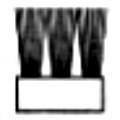 |
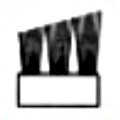 |
The flat trim shape is where the brush filament is set in an even length, resulting in a flat brushing surface. This is the most common shape and is considered the standard profile. This is the shape that will typically be used, unless the application calls for a special shape. |
The beveled trim profile, also known as the "angled" shape, is where the brush filament is arranged with a consistent degree of slope to create an angled brushing surface. The purpose of this shape is to reduce brush resistance and conform to certain surfaces. |
| Chiseled | Stepped |
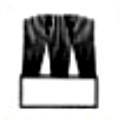 |
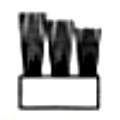 |
The chiseled, or "converging" profile, is a brush shape that resembles a dome with the filament converging towards the center. This shape creates a greater concentration of filament for more focused or aggressive brushing action. |
The stepped, or simply "step" profile is a brush shape with the filament arranged with differing heights at intervals, resulting a shape resembling a staircase. This shape is used to create uniform contact with uneven or irregular surfaces, and there are many variations possible. |
| Concave | Convex |
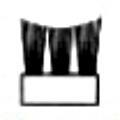 |
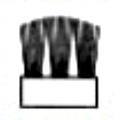 |
The concave brush profile is a result of the filament being arranged to create a curved brushing surface with the outer edges making contact first. This shape is used to conform to certain unique surfaces. |
The convex brush profile is simply the reverse of the concave profile, with the filament creating a curved brushing surface that results in the inside filament making contact first. This shape is used to conform to certain unique surfaces. |
.gif)
